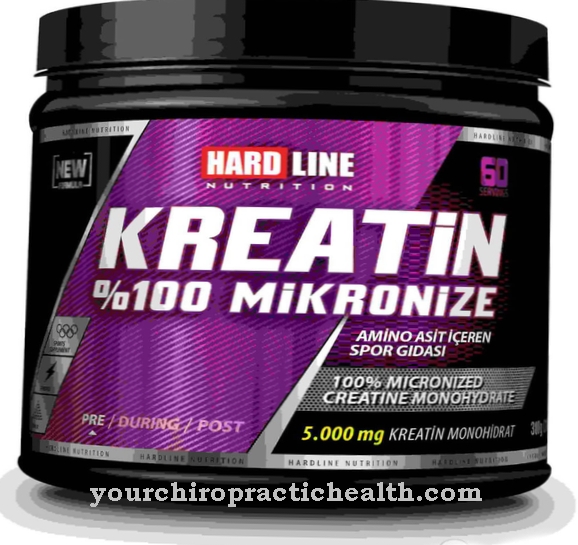For many men and women after the age of forty it often happens that they suddenly have to stop running because they get pain in their calves, which increasingly forces them to interrupt the path they have chosen. In the pain attack, they usually turn to a shop window so as not to attract the attention of their fellow human beings by suddenly stopping. After a certain time, the pain disappears and the path can be continued. These complaints are due to circulatory disorders in the legs.
Causes & Treatment

The cause of the pain is a narrowing of the vascular pathways, which leads to a more or less acute lack of oxygen in the environment and thus impairs function. The longer the blood vessels maintain their tendency to narrow, the longer the break that the person concerned has to take while running, for example. If this type of cramping is released, the pain stops and function is almost completely restored.
Unfortunately, the symptoms usually do not remain temporary, but the changes in the blood vessels continue to increase under a number of damaging factors and lead to a narrowing of the vessel volume. Under unfavorable circumstances it can even lead to a blockage, in which either the blood vessel overgrows or a blood clot forms and becomes lodged.
The real occlusions in the blood vessels of the legs, especially those of the aterial circulation, are often accompanied by very dramatic circumstances. When larger blood vessels are relocated, the entire leg is usually at risk. The leg can die off and a highly dangerous condition occurs that requires the intervention of a surgeon.
However, surgery in this area has developed so far that the extremity can be saved with timely intervention, for example by inserting an artificial blood vessel that can heal completely. The blood supply is then still assured, even if the patient has to remain under constant medical treatment and under control.
In many cases, however, the organism creates a bypass circuit for itself in the affected section and thus secures the blood supply by itself, even if under somewhat less favorable conditions.
If the body can help itself in this way, surgery can be avoided. These changes are also known as the so-called smoker's legs, among other things. In fact, in these cases urgent medical advice must be given to refrain from nicotine consumption in any form.
This prohibition applies particularly strictly to younger patients. Nicotine is considered to be a vascular poison that promotes the tendency towards hardening of the arteries. There is no doubt that factors of a nervous nature, such as mental stress, also have a vasoconstricting effect.
If you add nicotine, the effects are particularly damaging. However, a number of other factors, such as prolonged exposure to the cold, moisture, poorly fitting shoes or stockings made of synthetic fibers, which impair skin breathing, also have an unfavorable influence. However, you only need to do without stockings made of synthetic fibers if the circulatory disorders are severe.
Nutrition for circulatory disorders
Arteriosclerosis undoubtedly plays a role in the development of narrowing vascular processes, along with other diseases. Unfortunately, we usually find the mentioned factors combined, and treatment must therefore be carried out using different measures. In addition to the absolute ban on nicotine and a regular daily routine, a special diet is important.
Above all, it is a very vitamin-rich, low-fat diet, but relatively rich in certain vegetable oils. Obesity must be avoided in any case, in order not to excessively strain the extremities. Since the so-called unsaturated fatty acids have a beneficial effect on the vascular processes according to nutritional science, one should mainly consume oils in smaller quantities.
The fats in the animal and vegetable kingdom are compounds of glycerine and fatty acids, which are mainly so-called saturated and unsaturated fatty acids. The fats of animal origin contain mainly higher fatty acids such as palmitic, oleic and stearic acid, as well as a few lower fatty acids.
The butyric acid in milk fat, for example, is the fatty acid with the lowest number of carbon atoms. If the butter goes rancid, it usually depends on the breakdown of the butyric acid fat into butyric acid and glycerine. Animal fat is mainly found under the skin in the connective tissue stored in fat cells.
The fat of the plants is mainly in the seeds. Among the unsaturated fatty acids, a distinction is made between simple unsaturated fatty acids such as palmitoleic, oleic and erucic acid, as well as the diunsaturated linoleic acid, the triple unsaturated linolenic acid and the quadruple unsaturated arachidonic acid.
In addition to vegetable fats, oleic acid is also found in animal fats. Erucic acid is found in rapeseed oil, mustard seed oil and grape seed oil. Linoleic and linolenic acids are rich in linseed oil. The unsaturated fatty acids are not formed in the human organism and must therefore always be supplied. For this reason, they are also known as essential fatty acids.
It is therefore advisable to use sunflower oil in addition to the oils mentioned for the preparation of the meal. Above all, it is advisable to add the oils to salads cold. It is also beneficial to use small amounts of this type of oil when steaming and grilling.
Anyone who suffers from circulatory disorders should not consume more than 20 to 30 grams of butter per day, unless the treating doctor allows larger amounts. White bread and cakes, sweets and chocolate should not be included in the diet if possible. The sweetness requirement is best met with pure honey, which can also be mixed with food and drinks. It contains a large number of so-called trace elements that play an important role in the cell metabolism of the human organism.
Of the types of bread, the wholemeal breads are the most beneficial because they contain vitamins in addition to minerals. Potatoes can also be included in the diet for circulatory disorders. Pasta, on the other hand, can be dispensed with as it is only a calorie carrier, but not a nutrient carrier. A low salt content is also aimed at in the diet during vascular processes.
In this context, rice is of great importance as a carbohydrate, as it ensures a permanent diet with low salt content. In particular, it should be pointed out that meat and protein consumption should be as low as possible. The cheapest protein carrier is the quark, preferably without cream. Cheese is already too fatty again. Small amounts of semi-hard cheese can occasionally be consumed, including fresh eggs, but these should be included in the diet with caution.
Fish, if possible boiled, steamed or grilled, are cheaper than meat. Sausage is best to avoid completely, as their fat and salt content is uncontrollable. The vitamin requirement can be met from all types of fruit and vegetables, which are available in abundance. Juices, especially apple juice, are also recommended.
The modern kitchen machines guarantee that fresh fruit can be juiced quickly, so that we can learn to avoid canned food or fruit juice concentrates as much as possible. But vegetables such as peppers, chicory and Chinese cabbage also help keep our blood vessels elastic when steamed.

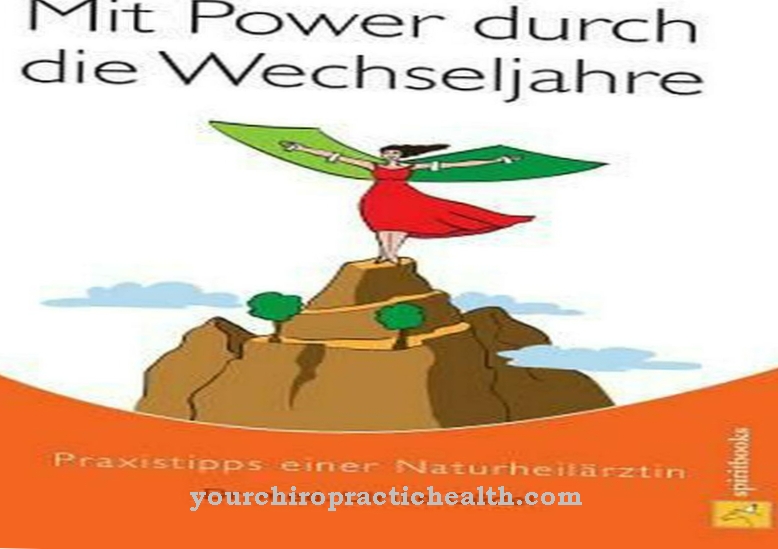


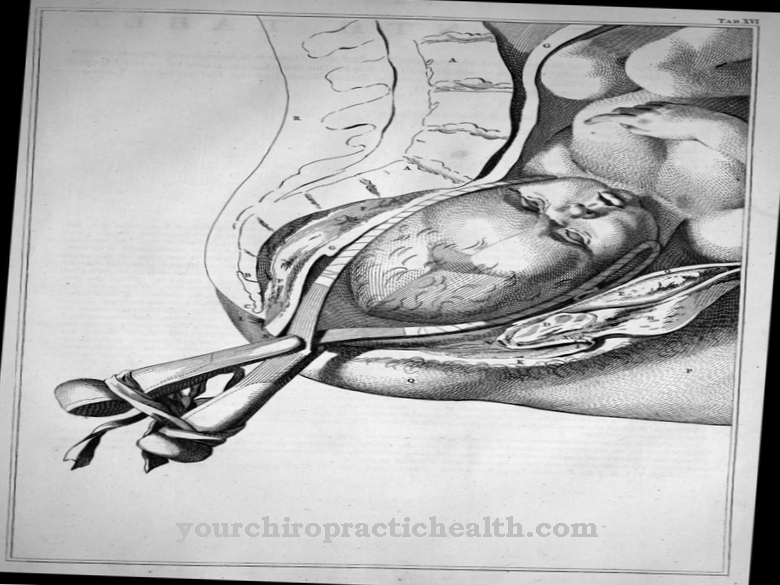
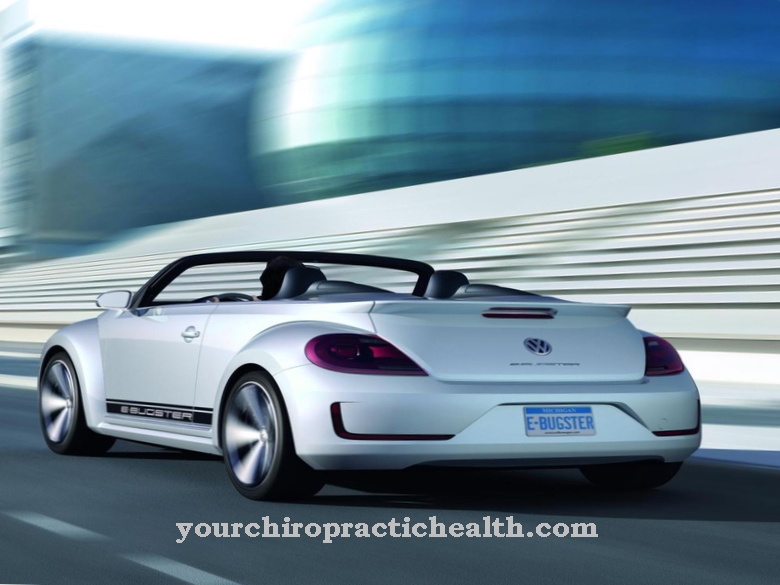


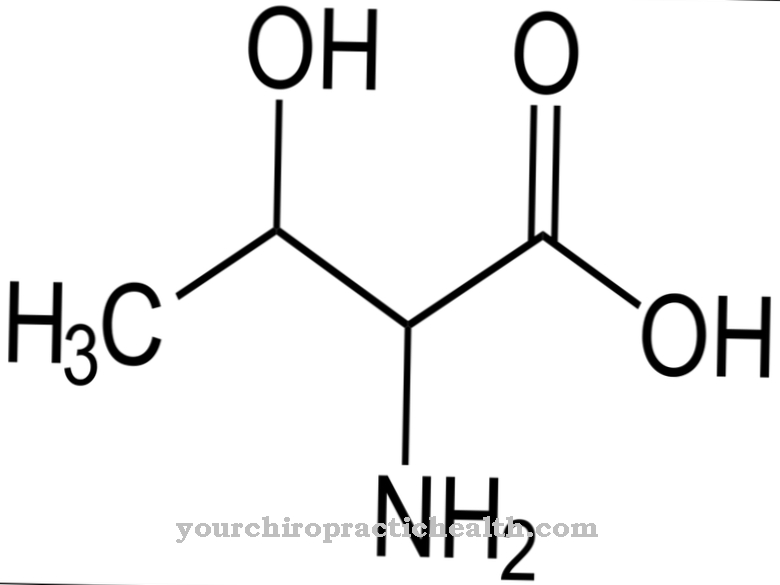
.jpg)


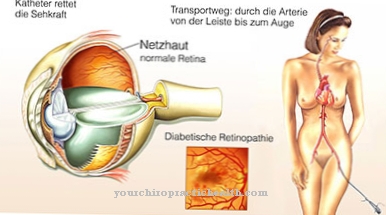




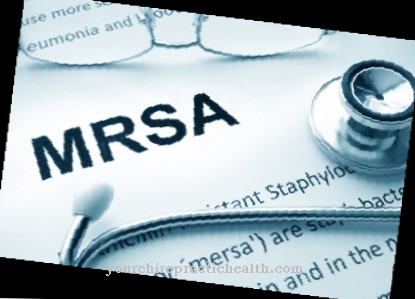

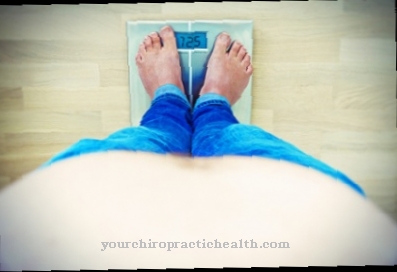
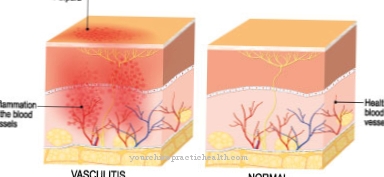

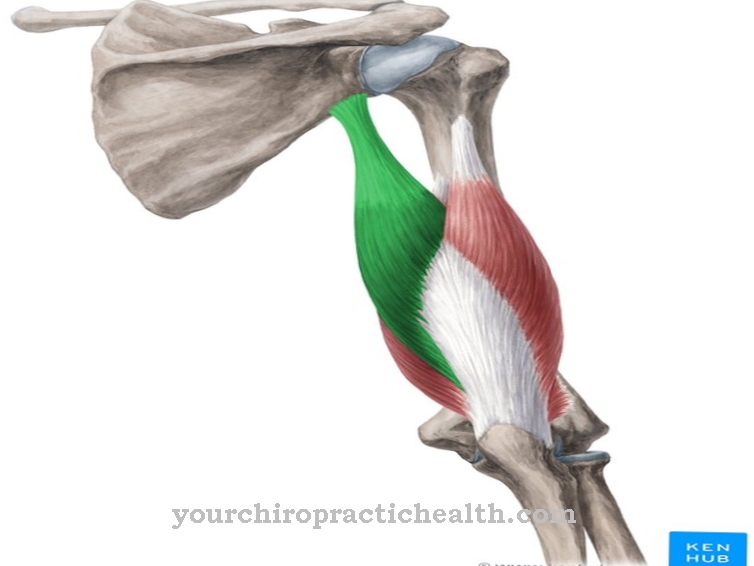
.jpg)

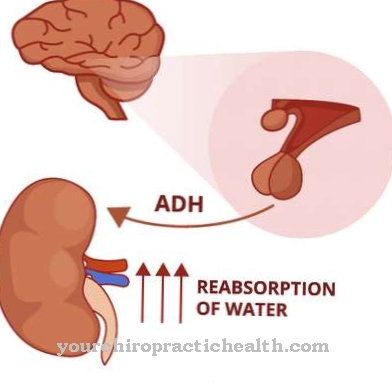

.jpg)
